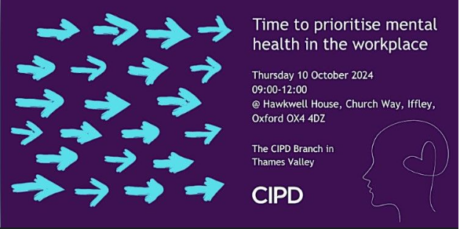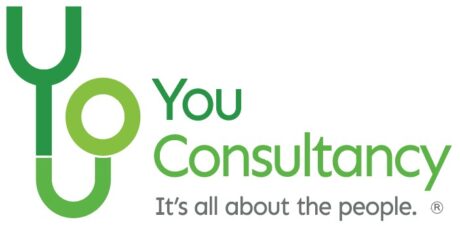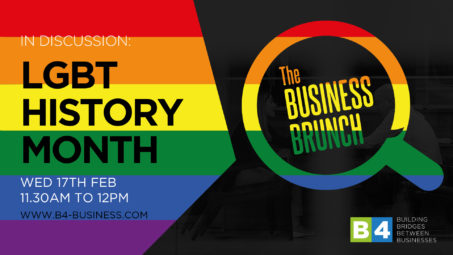
Can your People Strategies make you competitive?
Competitive advantage means positioning your company ahead of other companies to achieve superiority in quality, cost, value, market position or innovation. Regardless of what it means to a company, it may be the single factor to attaining success and business sustainability.
There are many strategies that contribute to achieving a competitive advantage but maximising your people strategies is a major contributor to achieving a competitive edge in the marketplace.
Linking People Strategies to High Performing Companies
Numerous studies [D Ulrich] indicate the importance of aligning people strategies to achieving business goals and enhancing business performance. Organisations that leverage their people to achieve their business objectives, especially growth have more positive results. These companies have well-defined people practices that align with the company’s business goal. Their employees stay employed longer and contribute positively to the overall financial performance. Companies without a clear people plan are at risk of losing or never obtaining a competitive advantage.
What are the key people strategies that can they help you gain a competitive advantage?
Each company has different business objectives that contribute to developing a competitive advantage but getting the culture right is the bedrock to achieving success.
Diversity & Inclusion – In today’s global competitive arena, successful companies capitalise on diversity and inclusion as a source of competitive advantage. The target market of the company is far from homogeneous. Likewise, the workforce comes from different backgrounds, skills, and aptitudes. Far from being a challenge, diversity can create competitive advantage by increasing innovation, acceptance, and problem-solving capacity.
Leadership – Organisations that understand the importance of having leaders in their teams who inspire, influence and guide people towards common goals to achieve organisational and personal development – make the difference.
Innovation & Learning Culture – Developing innovation is fostered in a company culture that provides opportunities that support intrapreneurship (Intrapreneurship is the act of behaving like an entrepreneur while working within an organisation). Which allows employees from all levels of the organisation to solve problems in either a group setting or individually. As part of this initiative, allowing employees to fail and look at failure as opportunities for growth will generate better results.
Engaged Employees – Developing opportunities that encourage creativity can serve as a platform for managers to engage with their employees in this environment. A work environment that fosters intrapreneurship and innovation typically has a high level of employee engagement. High employee engagement will lead to high employee retention and increased productivity which leads to profitability.
Behaviours – In addition to the technical aspects of the role, developing a competitive edge means selecting and retaining employees with specific traits and behaviours that support competitive strategies. Such as adaptability, risk taking, independence, accountability, adaptability, results orientated, independence.
When recruiting and selecting employees, these traits should be evaluated on applicants as part of your selection process. For existing employees, these traits can be developed in a company culture where management supports intrapreneurship and innovation.
At the end of the day, your people are your competitive edge
They are the ones interfacing with your customers and producing your products and services. They are generating new ideas and solving problems. They represent your quality, value, and innovation. Make sure you have people strategies to attract, develop and retain the people you need to be competitive.
More in HR

Time to Prioritise Mental Health in the Workplace: World Mental Health...
In case you haven’t seen Jonna Mundy, CEO of You Consultancy Ltd. is hosting a CIPD event not to be missed! Whether you are an HR professional or specialise / have an interest in Health and Wellbeing, why don’t you join Jonna and a fabulous line-up of guests at the Mercure Oxford Hawkwell House Hotel. […]

Unlocking Excellence
In the ever-evolving realm of human resources and organisational development, leaders consistently grapple with pivotal decisions in shaping their core people functions. Traditionally, many have opted for in-house resources to bolster internal teams for managing people matters. However, in the face of contemporary employment challenges and evolving expectations, leaders are increasingly turning to a more […]

Navigating HR & OD Challenges in 2024: A Guide to a...
Introduction: As we step into the New Year, the ever-evolving landscape of human resources (HR) and organisational development (OD) presents both exciting opportunities and unique challenges for HR Professionals, Leaders, and Managers. From adapting to accommodate ongoing workforce needs or addressing emerging trends, January 2024 sets the stage for those responsible to proactively shape the […]
From this author

LGBT History Month
February is LGBT History Month, a great time for businesses to think about how inclusive they really are for LGBT employees and what they can do to become more so.

LGBT History Month
February is LGBT History Month, a great time for businesses to think about how inclusive they really are for LGBT employees and what they can do to become more so.

LGBT History Month
February is LGBT History Month, a great time for businesses to think about how inclusive they really are for LGBT employees and what they can do to become more so.

